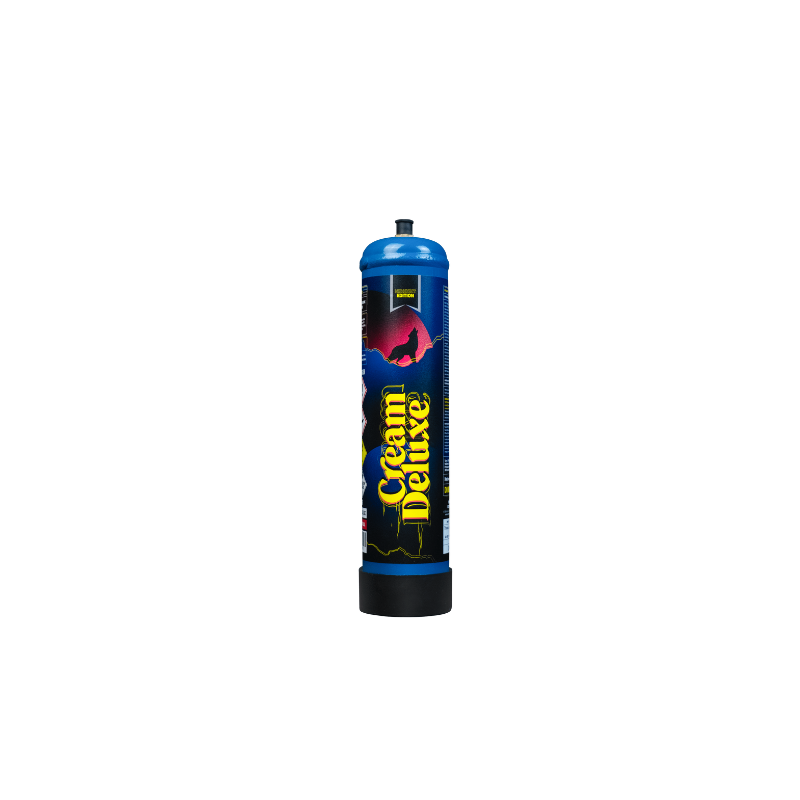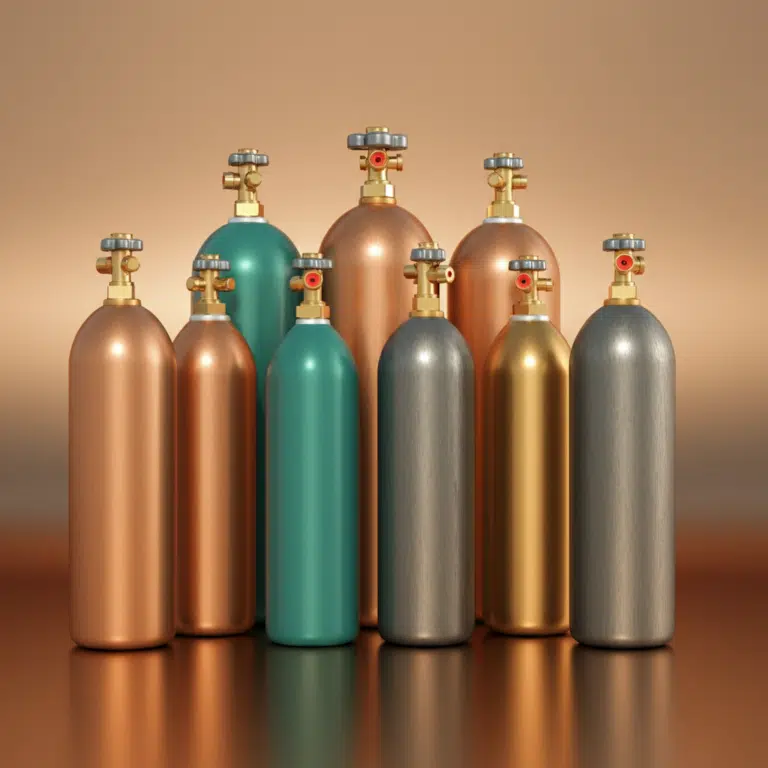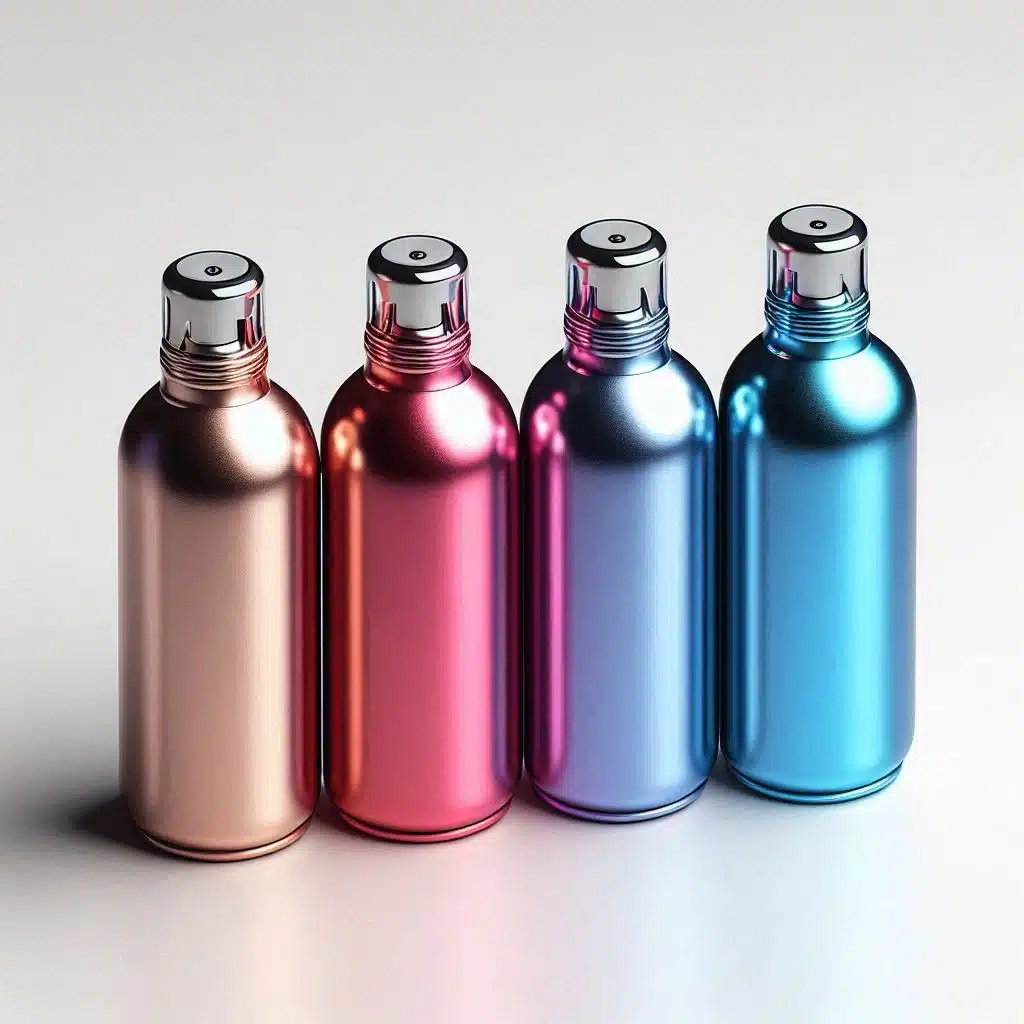Nitrous oxide (N2O), also known as laughing gas, is a colorless, non-flammable gas with a slightly sweet odor. It is a chemical compound consisting of two nitrogen atoms and one oxygen atom. First synthesized in 1772, nitrous oxide has since found widespread applications in various fields, from medicine to industry. Its euphoric effects, when inhaled, have also earned it a reputation as a recreational drug. However, nitrous oxide’s legitimate uses in healthcare and other industries remain pivotal in modern society.
Medical Uses of Nitrous Oxide
One of the most common uses of nitrous oxide is in medicine, particularly for sedation and anesthesia. Nitrous oxide sedation is used in various medical procedures to reduce pain and anxiety, as the gas has both anesthetic and analgesic properties. It works by affecting the central nervous system, slowing brain function, and creating a sense of relaxation.
In dental procedures, nitrous oxide is widely used, especially in pediatric dentistry. It is often administered in combination with other anesthetics, providing light sedation while allowing patients to remain conscious and responsive. This makes it an ideal option for dental patients who experience anxiety or discomfort during procedures. Pediatric dentists frequently use nitrous oxide to manage pain and reduce fear in younger patients.
Nitrous oxide is also used during major non-cardiac surgeries and in obstetric analgesia. In childbirth, it can be administered to provide pain relief, though it is less commonly used than other methods like epidurals. Nonetheless, its quick onset and the ability for the patient to control the administration make it a practical choice for some women in labor.
In addition to its anesthetic properties, nitrous oxide has been used in internal medicine for certain respiratory therapies, as a carrier gas in mechanical ventilation, and during procedural sedation in emergency departments. Its ability to provide quick, reversible sedation is essential in settings where fast recovery is necessary.
Price Drop! Gold Whip N2O 615g – Now £20.95
Industrial and Food Applications of Nitrous Oxide
Beyond the medical field, nitrous oxide plays an important role in industrial processes. It is used as an oxidizing agent in rocket propulsion systems and other combustion engines. When used in engines, nitrous oxide increases the amount of oxygen available, allowing the engine to burn more fuel and produce more power. This has made it a popular choice in vehicle racing, where it is injected into the intake manifold to enhance performance.
Nitrous oxide also serves as a food additive, particularly in the production of whipped cream and other aerated foods. Pressurized metal canisters filled with nitrous oxide are used to create a light, airy texture in whipped cream, making it an essential tool in both home and professional kitchens. The gas acts as a propellant, forcing the cream out of the canister while simultaneously aerating it. The same technique is used in aerosol whipped cream and certain cooking sprays.
Nitrous oxide’s use in the food industry extends to molecular gastronomy, where chefs utilize the gas to create foams and innovative textures in their dishes. It enables culinary experts to push the boundaries of traditional cooking techniques by adding a scientific edge to their creations.
Recreational Use and Risks of Nitrous Oxide
While nitrous oxide has legitimate medical and industrial uses, it is also misused as a recreational drug, leading to a range of potential health risks. When inhaled nitrous oxide is used recreationally, it creates feelings of euphoria and laughter, hence its nickname, “laughing gas.” It can also induce relaxation and a sense of detachment from reality. However, the misuse of nitrous oxide can result in dangerous side effects, especially when used in high concentrations or for prolonged periods.
One of the significant risks of recreational nitrous oxide use is oxygen deprivation, which occurs when the gas displaces oxygen in the lungs. This can lead to serious consequences, including asphyxiation, unconsciousness, and even death. Other side effects include neurological harm, as prolonged exposure to nitrous oxide can disrupt folate metabolism, leading to a deficiency in vitamin B12. This, in turn, can result in nerve damage, causing symptoms such as numbness, tingling, and limb spasms.
Furthermore, recreational nitrous oxide use can lead to psychological effects such as anxiety, paranoia, and hallucinations. There is also the risk of nitrous oxide addiction, as repeated use can create dependence on the gas for its psychoactive effects. People who misuse nitrous oxide may experience withdrawal symptoms when they stop using the gas, including cravings, mood swings, and irritability.

£27.50 Original price was: £27.50.£21.50Current price is: £21.50. inc. VAT

£26.95 Original price was: £26.95.£21.95Current price is: £21.95. inc. VAT

£23.95 Original price was: £23.95.£19.99Current price is: £19.99. inc. VAT

£29.95 Original price was: £29.95.£19.95Current price is: £19.95. inc. VAT

£77.95 Original price was: £77.95.£67.95Current price is: £67.95. inc. VAT

£27.95 Original price was: £27.95.£19.99Current price is: £19.99. inc. VAT

£24.98 Original price was: £24.98.£20.98Current price is: £20.98. inc. VAT

£36.95 Original price was: £36.95.£26.95Current price is: £26.95. inc. VAT

£24.95 Original price was: £24.95.£20.50Current price is: £20.50. inc. VAT

£35.00 Original price was: £35.00.£27.95Current price is: £27.95. inc. VAT
Legal Status of Nitrous Oxide
Due to its potential for misuse, nitrous oxide is regulated in many parts of the world. In some regions, it is classified as a Class C drug, making it illegal to possess, supply, or produce for recreational use. The export of nitrous oxide for recreational purposes is also prohibited. However, there are exemptions for its legitimate use in medicine, dentistry, and food production.
Law enforcement agencies monitor the sale and distribution of nitrous oxide canisters, particularly in online markets, where the gas is sometimes sold under the guise of food-grade products like whipped cream chargers. Receiving nitrous oxide from unauthorized sources can lead to legal consequences, and individuals caught supplying the gas for recreational use can face significant penalties, including imprisonment.
Health and Safety Considerations
To minimize the risks associated with nitrous oxide exposure, proper safety precautions must be followed, especially in medical and industrial settings. The use of nitrous oxide should be limited to environments with proper ventilation, as the gas can accumulate in confined spaces and displace molecular oxygen, increasing the risk of asphyxiation.
Dental personnel and other healthcare workers who administer nitrous oxide must be trained in its safe use, as prolonged exposure to the gas can pose health risks. Occupational exposure to nitrous oxide has been linked to negative health effects, including cardiovascular complications and impaired cognitive function. It is essential that medical professionals adhere to strict safety guidelines when using nitrous oxide to ensure patient and staff safety.
In industrial and culinary applications, pressurised metal canisters containing nitrous oxide should be handled with care to prevent accidents. The canisters are under high pressure, and improper handling can result in explosions or gas leaks. Safety features, such as pressure regulators, should always be used to control the release of the gas.
Nitrous Oxide Use in Medical Settings
One of the most critical applications of nitrous oxide is in the field of medicine, where it is used primarily as an anesthetic and for sedation. Its use is particularly common in dental procedures and surgeries. Nitrous oxide has the ability to provide both pain relief and sedation without causing unconsciousness. This makes it a preferred option for procedures where patients need to remain conscious but relaxed, such as in pediatric dental patients or obstetric analgesia.
Nitrous Oxide Sedation
Nitrous oxide sedation is typically administered in conjunction with oxygen, creating a blend that patients inhale. This technique is popular because it is non-invasive, and patients recover quickly after its use. However, in cases of high concentration nitrous oxide exposure or prolonged usage, there can be risks, including neurological harm, which makes it essential that the gas is administered under strict control and proper monitoring.
Nitrous Oxide Anesthesia
Nitrous oxide anesthesia, though effective, is rarely used as the sole anesthetic agent. Instead, it is combined with other agents to achieve a deeper level of anesthesia for more complex or painful procedures. Its role as a potent inhalational anesthetic has made it invaluable in major non-cardiac surgeries. However, due to its interaction with the nervous system and its potential for causing complications like postoperative nausea and blood pressure issues, the administration of nitrous oxide must be carefully controlled to avoid adverse outcomes.
Nitrous Oxide in the Food Industry
Apart from its medical applications, nitrous oxide is heavily used in the food industry. Specifically, it serves as a food additive and a propellant in various culinary tools. Nitrous oxide is most commonly associated with the production of whipped cream. Aerosol whipped cream cans use nitrous oxide to pressurize the canister, allowing the cream to be dispensed with an airy, light texture.
The ability of nitrous oxide to aerate foods has also made it popular in molecular gastronomy, where chefs use it to create foams and emulsions. Its role in creating these innovative dishes has expanded its use beyond just whipping cream to a variety of culinary applications. However, while nitrous oxide is safe for such uses, its mishandling or improper use can have serious consequences.
Risks and Hazards of Nitrous Oxide Use
Despite its wide range of applications, nitrous oxide exposure can be hazardous, especially if used improperly or in high concentrations. Inhaling nitrous oxide can lead to a range of side effects, depending on the amount and duration of exposure. While short-term exposure in medical settings is generally safe, long-term or recreational misuse can have detrimental effects.
Nitrous Oxide Side Effects
Nitrous oxide side effects include short-term impairments in cognitive and physical functions. Users may experience dizziness, disorientation, and tingling in the limbs. More prolonged or excessive use can lead to serious consequences, such as nerve damage and vitamin B12 deficiency, which can result in serious nerve damage. People with long-term exposure, such as those in industrial settings, may experience even more severe effects, including problems with their spinal cord or central nervous system.
Another significant risk is oxygen deprivation. Inhaling nitrous oxide without proper ventilation or oxygen supplementation can lead to hypoxia, a condition where the body is starved of oxygen. This is a particular concern when people use the gas recreationally, inhaling directly from pressurized metal canisters without the correct precautions. This misuse can lead to fatal consequences, including asphyxiation.
Nitrous Oxide and Drug Addiction
One of the more troubling uses of nitrous oxide is its increasing role as a recreational drug. When used recreationally, the gas can cause short-lived euphoric effects, which is why it is also called “laughing gas.” However, repeated and excessive use of nitrous oxide for this purpose can lead to psychological dependence and drug addiction. The risk of addiction arises because users may seek the transient high that nitrous oxide provides while ignoring the harmful consequences.
Nitrous Oxide and the Law
The legal status of nitrous oxide varies depending on the context in which it is used. In the medical and food industries, the use of nitrous oxide is legal and tightly regulated. However, the recreational use of nitrous oxide is often a grey area, falling under regulations related to illegal drugs and psychoactive substances.
In some countries, the sale of nitrous oxide for recreational purposes is prohibited. For example, in the United Kingdom, nitrous oxide is classified as a Class C drug under the Psychoactive Substances Act, making it illegal to supply for recreational use. Despite this, nitrous oxide is still available for legitimate purposes, such as in the food industry, which leads to its occasional misuse by individuals seeking a legal high.

£27.50 Original price was: £27.50.£21.50Current price is: £21.50. inc. VAT

£26.95 Original price was: £26.95.£21.95Current price is: £21.95. inc. VAT

£23.95 Original price was: £23.95.£19.99Current price is: £19.99. inc. VAT

£29.95 Original price was: £29.95.£19.95Current price is: £19.95. inc. VAT

£77.95 Original price was: £77.95.£67.95Current price is: £67.95. inc. VAT

£27.95 Original price was: £27.95.£19.99Current price is: £19.99. inc. VAT

£24.98 Original price was: £24.98.£20.98Current price is: £20.98. inc. VAT

£36.95 Original price was: £36.95.£26.95Current price is: £26.95. inc. VAT

£24.95 Original price was: £24.95.£20.50Current price is: £20.50. inc. VAT

£35.00 Original price was: £35.00.£27.95Current price is: £27.95. inc. VAT
Safety Precautions and Reducing Harm
Given the potential dangers associated with nitrous oxide, it is essential to use the gas responsibly and follow proper safety guidelines. This includes ensuring proper ventilation in spaces where nitrous oxide is being used, as well as using it only for its intended purposes. People working with nitrous oxide, such as dental assistants and dental personnel, are advised to follow protocols to minimize occupational exposure.
For those who use nitrous oxide regularly in medical or industrial settings, understanding the risks of prolonged exposure and taking steps to minimize contact with the gas can prevent long-term health complications.
Conclusion
Nitrous oxide is a versatile gas with a wide range of applications in medicine, industry, and food production. From its role as an anesthetic and analgesic in healthcare to its use as a propellant in whipped cream canisters, nitrous oxide continues to play a crucial role in modern life. However, its potential for misuse as a recreational drug presents significant health and safety risks.
Understanding the side effects and risks of nitrous oxide, whether through medical exposure or recreational use, is essential to ensuring that it is used responsibly. By adhering to safety protocols and recognizing the dangers of prolonged exposure, individuals and professionals can continue to benefit from this versatile gas while minimizing the potential for harm.














